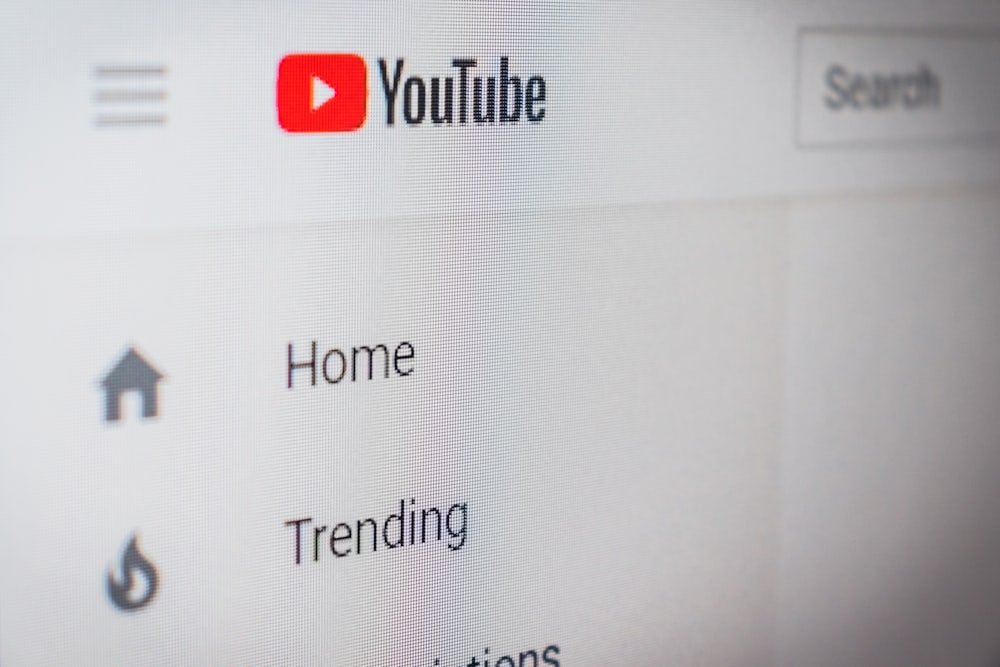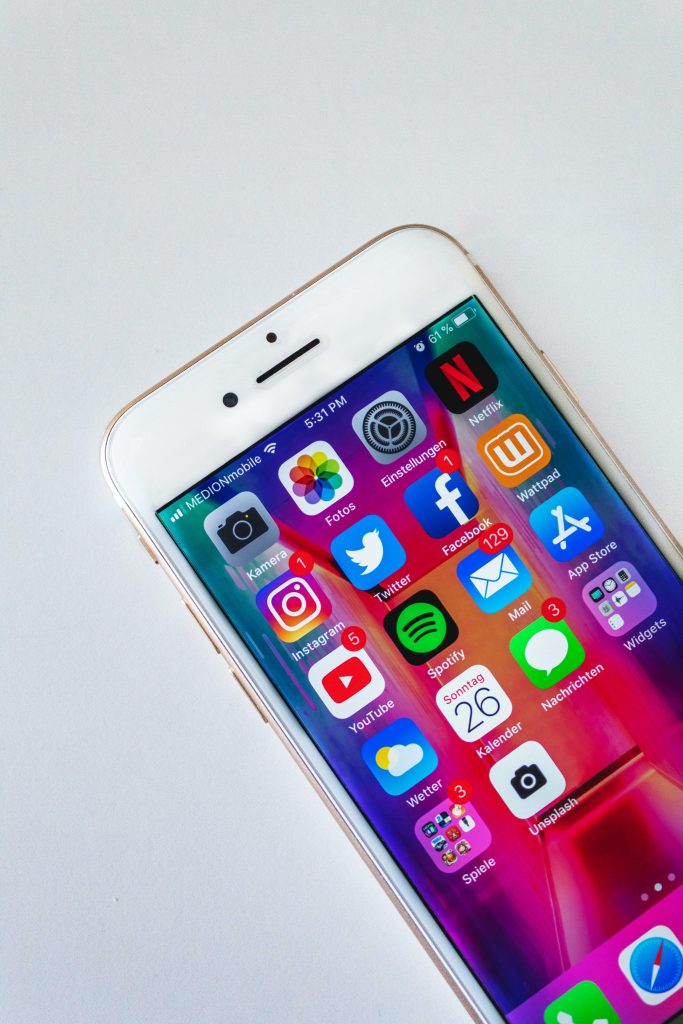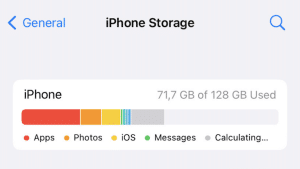A free way to listen to music, a quick moment of entertainment or a long documentary to learn. YouTube is full of videos with various themes. Today the platform is number 1 in “hits” (the name given to this type of mostly short videos), far ahead of Dailymotion in particular. Unfortunately, the pollution generated by YouTube also places it as one of the biggest polluters of online video players.
YouTube in closing of the top pollution of online video

When you look at all the videos viewed online, we can divide the most requested types of videos and platforms in the world. Here is the ranking:
- Video on demand (Netflix, Amazon Prime, Open Load…) represents 34% of the total video stream.
- Pornographic videos for 27%.
- The tubes are around 21%.
- Videos on social networks account for 18%
More than 2 videos out of 10 are thus viewed on YouTube. Surprisingly, we notice that videos on social networks are following in the footsteps of specialized platforms. One of the reasons for this increase in the number of hours spent on social networks watching videos is automatic playback. When you launch a video on your News Feed, the platform designed by Mark Zuckerberg redirects you directly to “Facebook Watch”. This way, the videos follow each other without you having to take any action. An effective way to hang on to your phone and therefore unfortunately an incentive to an irrational and polluting use. A strategy also presents on YouTube.
The No. 1 application on smartphones
With 37% of mobile internet traffic, YouTube is the undisputed leader on our small touch screens. Far ahead of Netflix with 2.4% and Facebook with 8.4% for its “classic” use (articles on news feeds for example) and which rises to nearly 11% if we include its category dedicated to videos. Here are the results of the Mobile Internet Phenomena Report of February 2019:

- YouTube: 37%.
- Other (mainly pornography and YouTube competitors): 23.4%.
- Facebook: 8.4%.
- Snapchat: 8.3%.
- Internet browser searches: 4.6%.
- WhatsApp: 3.7%.
- Instagram: 5.7%.
- Facebook Video: 2.5%.
- Netflix: 2.4%.
- Appstore: 2.1%.
- Google Play: 1.9%.
One dimension is particularly worrying in view of Youtube’s pole position. Indeed, it is easy to imagine that the mobile is very popular in transport and outside the home. In short, in places where there is no Wifi and where the Internet user prefers to go fast by consuming his Internet data.
That connection to the 4G network and soon to the 5G network requires a greater expenditure of energy than Wifi. It actually requires more “effort” from the mobile phone to have a satisfactory and stable connection. And who says greater consumption, says greater pollution …
YouTube pollution comparable to entire cities!
11.3 million tons of CO2. This is the pollution that YouTube generates every year according to the latest estimates! The platform alone would therefore be responsible for nearly 3.7% of the pollution generated by the entire online video sector. The latter’s annual balance sheet amounts to 306 million tons of CO2. To better understand the extent of these figures, here are a few equivalences.
In one year, YouTube pollutes as much as…
- All the people of Frankfurt
- Glasgow in its entirety
- 2 million round-the-world flights
Eco-citizen gestures while waiting for large-scale initiatives

Despite the advent of music streaming platforms, many listeners still use YouTube. The problem is that video associated with music adds to the energy consumption of a music. Downloading your playlist beforehand on your phone thanks to dedicated applications will therefore reduce your carbon footprint. In total, more than 500,000 tons of CO2 would be emitted each year due to this practice. But we are not the only ones who can and must act.
As mentioned above, the automatic playback of videos at the end of viewing is a real environmental scourge, at the antipodes of digital sobriety. A change of interface by YouTube, and thus the end of this mechanism, would furthermore allow to achieve a drastic reduction of its carbon footprint. Thus, it is the emission of more than 323,000 tons of CO2 that could be avoided. We therefore hope that digital sobriety will win over citizens as well as major players like YouTube!






